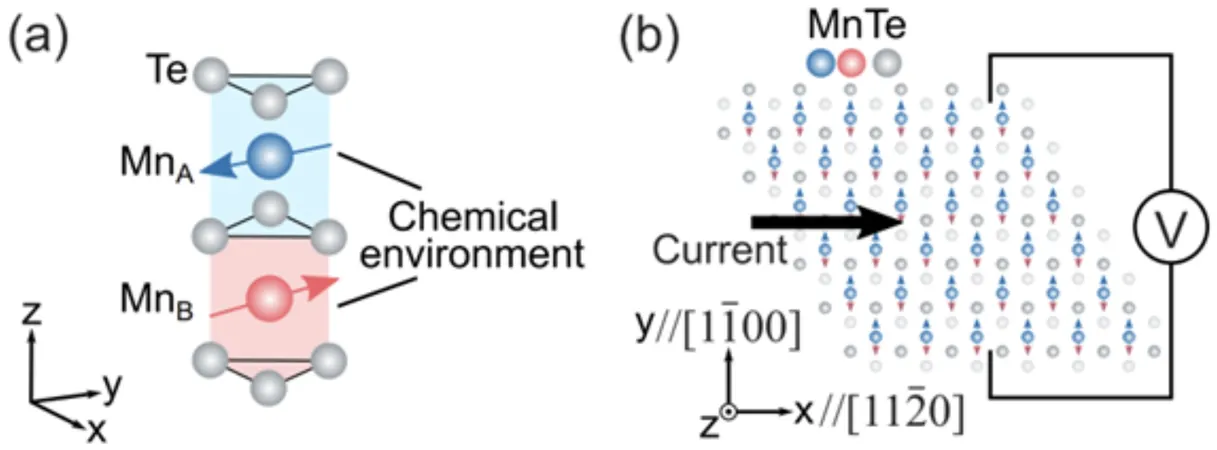
Unlocking Ancient Secrets: How Enzymes Could Revolutionize CO2 Fixation
2025-07-17
Author: Ming
A Glimpse into Earth's Primal Past
Long before photosynthesis breathed life into our atmosphere, Earth was home to anaerobic microorganisms thriving without oxygen. These organisms mastered the art of anaerobic carbon fixation, a process that dates back over 3.5 billion years and remains crucial in today's ecosystems—particularly in volcanic swamps and within the guts of animals.
The Power of CODH/ACS Enzyme Complex
At the heart of this process lies the CO-dehydrogenase-acetyl-CoA-synthase (CODH/ACS) enzyme complex. This remarkable enzyme uses a unique combination of nickel and iron clusters to convert carbon dioxide into acetyl-CoA, a vital biomolecule, through multiple reaction stages. Its high efficiency makes CODH/ACS a standout candidate for biofuel production, potentially transforming carbon emissions into sustainable energy.
Revolutionizing Research with Cryo-Electron Microscopy
Now, researchers from the University of Potsdam and Humboldt-Universität Berlin have taken a groundbreaking approach by employing cryo-electron microscopy (cryo-EM) to decode the catalytic cycle of CODH/ACS for the first time. This cutting-edge technology shines in the structural analysis of enzymes and biopolymers, offering unprecedented insights.
Unveiling New Discoveries
First author Jakob Ruickoldt proudly states, "Our cryo-EM maps meticulously detail six intermediate states of CODH/ACS, allowing us to connect the molecular interactions at the metal center with the protein's movements. This level of resolution is a game-changer." Petra Wendler adds, "Exploring these binding states using cryo-EM revealed how various molecules prepare the active site for subsequent reactions, effectively preventing misfires and preserving critical intermediates. This insight is key for harnessing this ancient enzyme's power in biotechnological applications for carbon fixation."
A Glimpse into a Sustainable Future
As the world grapples with climate change and the quest for sustainable energy grows ever more urgent, the discoveries made through cryo-EM could be pivotal. By harnessing the efficiency of CODH/ACS, we might one day turn atmospheric CO2 into clean, renewable fuels, paving the way for a greener planet.


 Brasil (PT)
Brasil (PT)
 Canada (EN)
Canada (EN)
 Chile (ES)
Chile (ES)
 Česko (CS)
Česko (CS)
 대한민국 (KO)
대한민국 (KO)
 España (ES)
España (ES)
 France (FR)
France (FR)
 Hong Kong (EN)
Hong Kong (EN)
 Italia (IT)
Italia (IT)
 日本 (JA)
日本 (JA)
 Magyarország (HU)
Magyarország (HU)
 Norge (NO)
Norge (NO)
 Polska (PL)
Polska (PL)
 Schweiz (DE)
Schweiz (DE)
 Singapore (EN)
Singapore (EN)
 Sverige (SV)
Sverige (SV)
 Suomi (FI)
Suomi (FI)
 Türkiye (TR)
Türkiye (TR)
 الإمارات العربية المتحدة (AR)
الإمارات العربية المتحدة (AR)